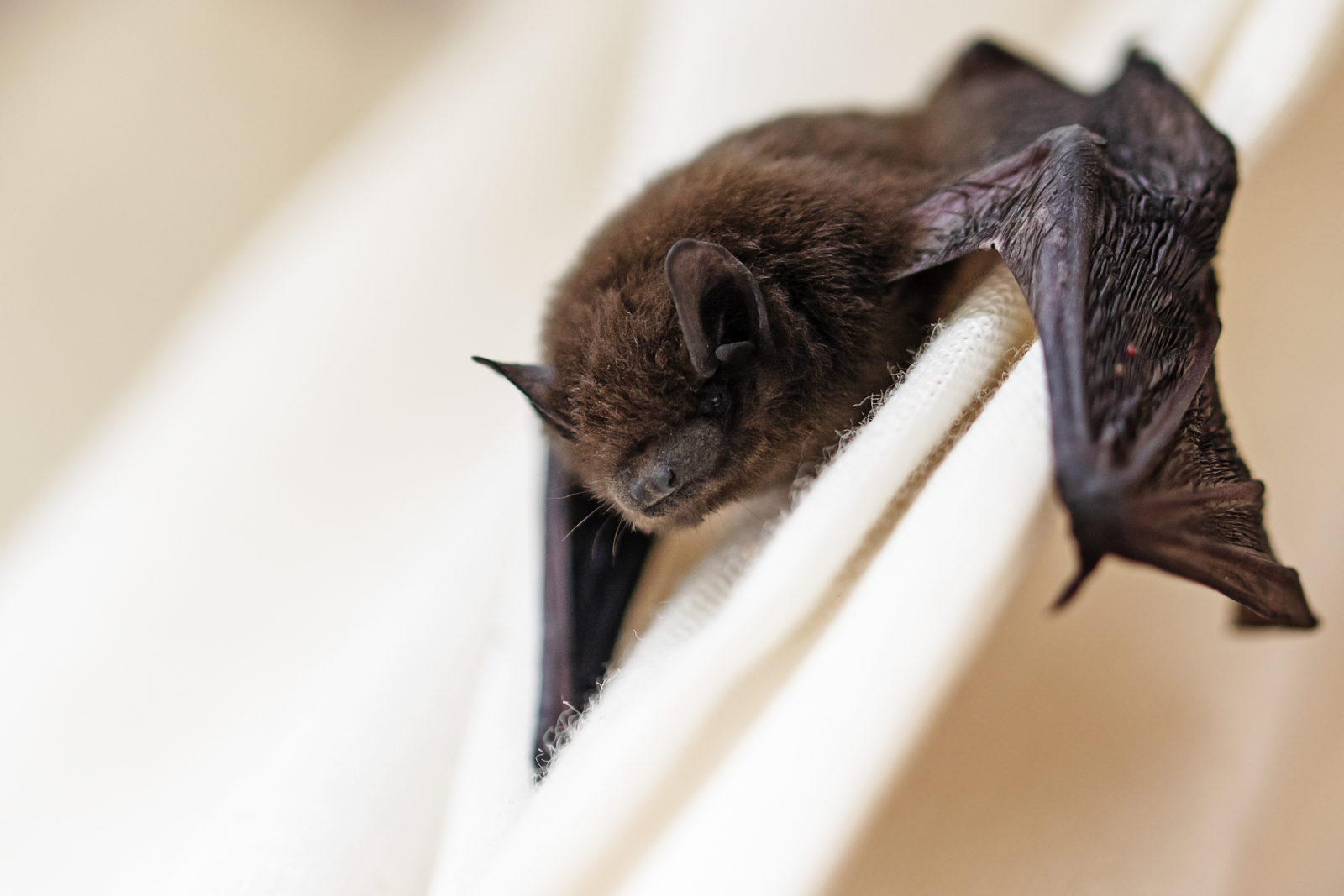When bats take up residence in attics, chimneys, or crawl spaces, it’s natural to worry about noise, odors, and potential health risks. However, opting for humane removal techniques offers significant advantages over lethal or destructive approaches. By prioritizing the well-being of both humans and bats, you ensure long-term protection for your home and support vital ecosystem functions.
1. Legal and Regulatory Compliance
Many regions protect bats under wildlife conservation laws. Disturbing or killing bats—especially during maternity season—can result in hefty fines or legal action. Humane exclusion methods, such as one-way exit devices and sealing entry points, comply with regulations designed to safeguard these species while effectively evicting them from your home.
2. Protecting Public Health
In contrast to eradication attempts that scatter guano and harbor pathogens, controlled exclusions minimize airborne spores that cause histoplasmosis, a serious respiratory illness. By evicting bats first and then cleaning guano under proper protective measures, you reduce health risks associated with direct contact and contaminated dust.
3. Preserving Ecosystem Benefits
Bats play a crucial role in insect control, pollination, and seed dispersal. A single bat can consume hundreds of mosquitoes or agricultural pests in one evening. Humane removal ensures that local bat populations remain intact and continue to deliver these natural pest-management services, benefiting both urban and rural environments.
4. Minimizing Property Damage
Lethal removal methods often leave carcasses within walls or attics, leading to foul odors and expensive repairs. Humane exclusion directs bats to exit voluntarily through one-way devices, after which you can permanently seal entry points and perform a thorough cleanup. This approach avoids hidden decay and structural damage problems.
5. Ethical Considerations
Choosing humane techniques reflects a growing societal emphasis on animal welfare. Bats are sentient creatures with complex social behaviors. Non-lethal methods, such as timed exclusions and habitat modifications, recognize their intrinsic value and avoid unnecessary suffering. This ethical stance enhances community support and goodwill.
6. Effective Long-Term Results
Humane bat removal isn’t just about eviction—it’s about prevention. After bats are guided out, all access points are identified and sealed, ensuring they cannot return. This comprehensive approach addresses underlying vulnerabilities—cracks, gaps, and vent issues—so you won’t face repeat infestations season after season.
7. Community and Expert Support
Engaging professionals experienced in humane exclusion methods provides access to the latest best practices. Services specializing in bat removal in Ottawa and other regions often offer integrated solutions: exclusion device installation, guano remediation, and follow-up inspections. Their expertise ensures both safety and efficiency.
8. Cost-Effectiveness Over Time
While humane methods may have higher upfront costs than simple trapping or poisoning, they save money by preventing recurring problems. Proper sealing and cleanup avoid ongoing guano damage, mold remediation, and repeated wildlife calls. Investing in a one-time, thorough exclusion pays dividends through reduced maintenance and improved indoor air quality.
Conclusion
Humane bat removal protects your household, upholds ethical standards, and preserves the natural role bats play in our environment. By using exclusion devices, habitat modifications, and professional cleanup services, you achieve a pest-free home without harming these beneficial mammals. This balanced approach ensures safety, legal compliance, and peace of mind for years to come.




